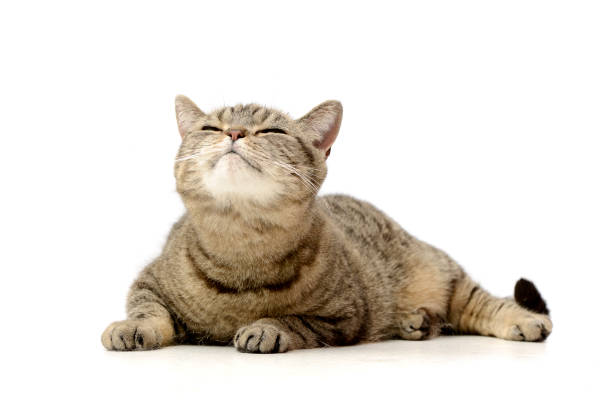The Benefits and drawbacks of Different Cat Litter Products

Selecting the perfect cat litter for your feline friend can be a challenging task offered the myriad of choices offered on the market. This thorough guide will explore the various kinds of cat litter, their benefits, downsides, and whatever in between to help you make a notified decision.
The product of the cat litter plays an important role in its efficiency. Common materials include clay, silica gel, recycled paper, wood, corn, wheat, and walnut shells. Each product offers unique advantages and possible drawbacks.
Clay-based litters are the most conventional and widely used due to their high absorbency and clumping capabilities, which make clean-up easier. Nevertheless, they can be dirty and may not be the finest choice for felines or people with breathing issues. Silica gel crystals are extremely absorbent, control odors successfully, and are low maintenance given that they don't require to be changed as regularly. Nevertheless, they can be more pricey and some cats might not like the texture. Eco-friendly litters, made from recycled paper, wood, corn, wheat, and walnut shells, are eco-friendly choices. They are generally dust-free and great for felines with allergies, however their odor control and clumping capabilities differ widely.
The choice in between clumping and non-clumping litter is significant. Clumping litter types strong masses when wet, making it easy to scoop out urine and feces, hence maintaining a clean litter box. Non-clumping litter soaks up moisture but does not form clumps, which might cause more frequent modifications of the entire litter box.
Smell control is cat litter box a top concern for the majority of cat owners. Litters are frequently infused with baking soda or charcoal to neutralize smells. Keeping a fresh litter box also requires routine scooping, preferably two times a day, and following the manufacturer's guidelines for altering the litter and cleaning up the box.
The health of your cat and the ecological effect of the litter are likewise essential elements. Dust-free or low-dust options are better for respiratory health. Eco-friendly litters use an Wood Cat Litter eco-friendly alternative to clay, which is strip-mined and not sustainable. Furthermore, it's vital to be aware of any allergies your cat may need to particular products.
Expense is an essential consideration, as the price of cat litter can vary considerably. While silica gel and some naturally degradable litters might be more pricey in advance, their durability can use cost savings in the long run. Alternatively, clay litter is often cheaper but requires more regular replacement.
Eventually, the very best cat litter is one that suits both your and your cat's preferences and needs. It may take some trial and error to find the perfect match. Pay attention to your cat's behavior and comfort, along with the litter's performance in regards to smell control, absorbency, and upkeep.
Picking the ideal cat litter contributes considerably to your feline's health, happiness, and the cleanliness of your home. By considering the material, clumping capability, smell control, health effects, ecological impacts, and cost, cat litter scoop you can make an informed decision that benefits both you and your furry buddy. Keep in mind, what works best for one cat may not suit another, so want to experiment till you discover the ideal solution.